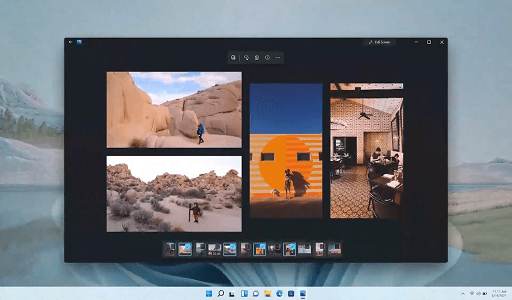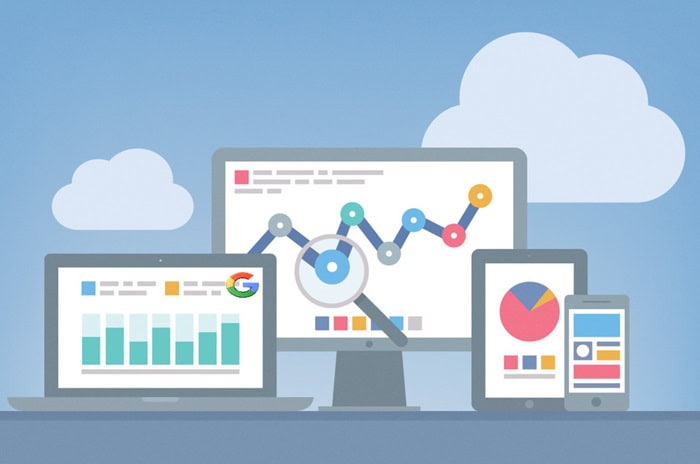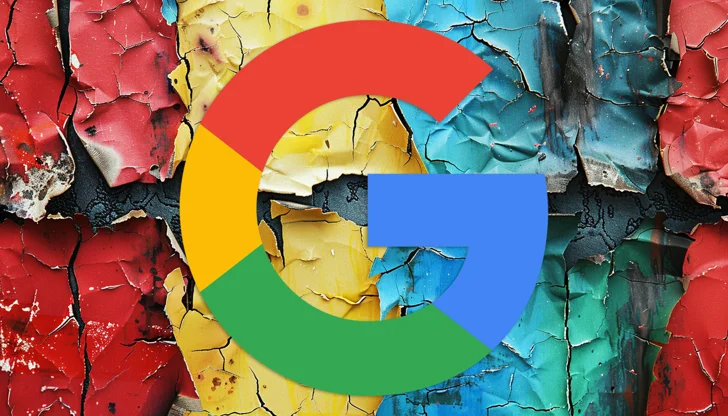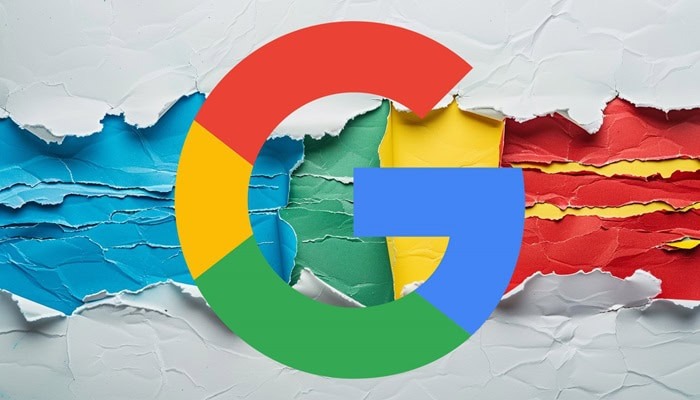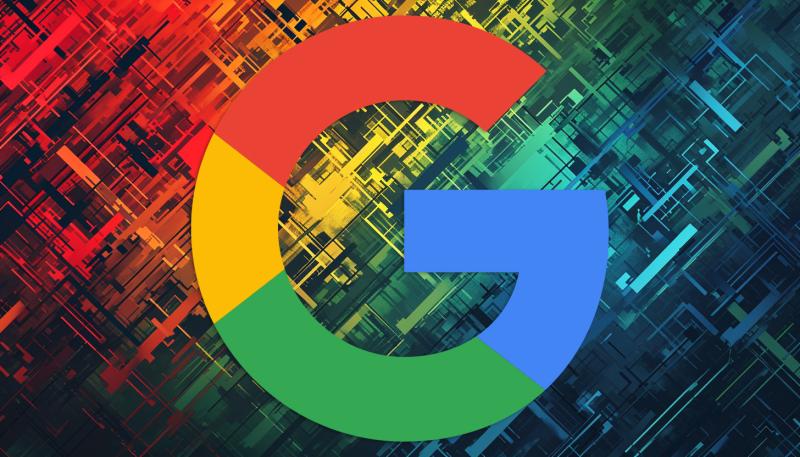Recently, Gary Illyes of the search team at Google made a presentation that gave some insight into the guiding factors as regards what this search engine considers when determining the quality of pages to index. This couldn’t have come at a better time because Google has been gradually raising the stakes regarding what constitutes quality content.
What is Quality Content?
For Google, quality content means information that is relevant, comprehensive, and adds value for users. The typical characteristics of quality content include:
- Relevance: The content must be relevant to the user’s search intent, answering questions asked in real life.
- Authority: Information must be credible, supported by reliable sources, and an authority on its subject matter.
- Depth: High-quality content that contains a decent quantity for a subject tends to score high. This is defined by giving considerable detail, review, and analysis.
- Originality: Google fancies unique content that gives fresh insight or adds value uniquely. Plagiarized or duplicated content is penalized.
- Readability: Content should be grammatically correct, be easy to read, and include minimal grammatical errors, if at all. Content would naturally look well when well-formatted with headings and subheadings.
- User Experience: The content should be accessible and easy to view on any device and platform. Some signals that are key to user experience include page speed, mobile-friendliness, and intuitive navigation.
- Engagement: Google considers several elements as high-quality if it makes users want to interact with the content through comments, sharing, and linking back to the content.
Lastly, Google works to favor content most likely to fulfill the needs and interests of users so they could have a helpful and satisfying search experience.
Insights From Gary Illyes Regarding Google’s Crawling Priorities
Illyes elaborated on the indexing phase, which entails scrutinizing a page’s quality content, tags, attributes, images, and videos. Throughout this phase, Google also computes various signals to assess the quality of the page, thereby influencing its ranking in search results.
Illyes elaborated further:
“The final step in indexing is deciding whether to include the page in Google’s index. This process, called index selection, largely depends on the page’s quality and the previously collected signals.”
This information holds particular significance for publishers and SEO specialists who face challenges in getting their content indexed. Even if you adhere to all technical guidelines, your pages may still not be indexed if they fail to meet a specific quality benchmark.
Google has also said that great content is crawled more frequently, and it’s a signal required to keep competitive in search engine rankings. By focusing its crawling on pages that deserve to be crawled, Google is able to effectively use resources designed for crawling, which is one of its objectives for this year. This reaffirms the need to follow Google’s quality guidelines in a timely manner.
Google’s Approach to Signal Assessment
Some of these signals are clearer, like a rel=”canonical” tag on a page, while others are more complex, such as the importance of a web page.
This is where Google runs duplicate clustering; it groups similar pages together and then picks one for inclusion in search results. In selecting this canonical version, Google would compare various quality signals received from each of the duplicate pages.
In addition to the revelations about quality assessment, Illyes shared the following noteworthy details:
- HTML Parsing and Semantic Corrections: Illyes explained how Google parses the HTML of webpages and addresses any semantic issues encountered. If unsupported tags are used within the <head> element, it may lead to indexing complications.
- Identification of Main Content: Illyes emphasized Google’s focus on the “main content or central piece of a page” during analysis. This implies that optimizing the primary content of a webpage holds greater significance than making incremental technical adjustments.
- Index Storage: Illyes disclosed that Google’s search database is distributed across thousands of computers. This provides insightful context regarding the vast scale of Google’s infrastructure.
To guarantee your content aligns with Google’s quality benchmarks, adopt the following actionable strategies:
- Concentrate on creating comprehensive content that caters to your audience’s requirements and challenges.
- Identify prevailing search demand trends and tailor your content accordingly.
- Ensure your content is well-organized and user-friendly in its layout.
- Regularly update and refine your content to sustain its relevance and usage.
- Integrate schema markup and other structured data to enhance Google’s comprehension of context.
By prioritizing quality, relevance, and responsiveness to search demand, you can potentially boost the number of your indexed pages and frequency of crawling.
Would you like to read more about “Google on How It Determined Quality Content For The Indexing Process” related articles? If so, we invite you to take a look at our other tech topics before you leave!
Use our Internet marketing service to help you rank on the first page of SERP.
![]()







